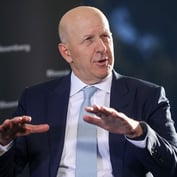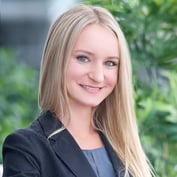What You Need to Know
- In recent letters to shareholders, the firms’ CEOs stressed the importance of employees shifting away from remote work.
- Technology came in handy during the pandemic, but can't replace working together in person, they said.
- Neither CEO provided an exact time frame for when most of their employees will return to their offices.
Most advisors and other employees who work for JPMorgan and Stifel will have to return to their offices eventually, especially after the COVID-19 pandemic finally ends, according to comments made by each firm’s CEO in their recent annual letters to shareholders.
“One of the few silver linings of the pandemic is that it spurred us to adopt new tools and technologies for the workplace,” Ronald Kruszewski, Stifel CEO and chairman, said in his letter to shareholders last month, as reported by Financial Advisor IQ on Monday.
However, “now, even after the demonstrated success of remote work, we must plan for life after COVID-19,” he went on to say. “There is no doubt in my mind about the importance of physically working together. The benefits are clear — in training, collaborating, innovating, networking, and more. It is simply the best way to continue to build on our culture.”
Noting that as he was writing the letter the U.S. was “in the process of vaccination,” he went on to say: “I can see life returning to some normalcy, although not yet to completely pre-pandemic conditions. For Stifel, this will include a return to our offices. Rest assured, I am committed to ensuring that this occurs in a safe and fair manner.”
Kruszewski didn’t provide any specifics on a return-to-office time frame.
Similarly, Jamie Dimon, CEO and chairman of JPMorgan, pointed out in his letter to shareholders on April 7 how effective technology had been during the pandemic but went on to stress that most of his firm’s employees will be returning to the office at some point although he too didn’t provide a specific time frame.
“While many of our employees, particularly in the branches, continued to work on our premises every day, it was amazing how quickly we were able to set up the technology — from call centers and operations to trading and investment banking — to enable our employees to work from home,” Dimon said. “We learned that we could function virtually with Zoom and Cisco and maintain productivity, at least in the short run.”
The pandemic “changed the way we work in many ways, but, for the most part, it only accelerated ongoing trends,” he pointed out, echoing what many executives have said in recent months.
However, “while working from home will become more permanent in American business, it needs to work for both the company and its clients,” he said.









 April 14, 2021 at 01:51 PM
April 14, 2021 at 01:51 PM











